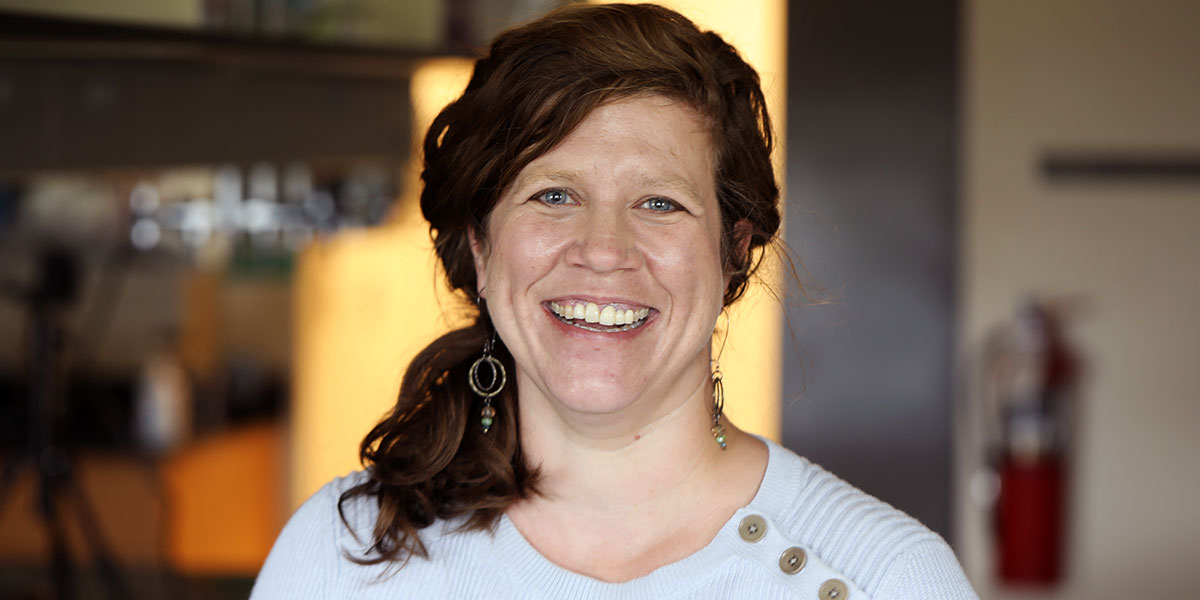Meet Baylor’s nationally recognized expert on the facial structures of seals and other pinnipeds

Have you ever stopped to think about how it is that seals and walruses eat? Okay, probably not. And you’re not alone — surprisingly few scientists have ever spent serious time in this field, either.
But Dr. Sarah Kienle has. In fact, the Baylor biology professor has done more than merely wonder; her research on the unique facial muscles that facilitate feeding in animals like seals, sea lions and walruses may well make her the world’s foremost expert on the subject.
Pinnipeds (the scientific name for the group) are a special type of marine mammal that doesn’t live its entire life under water. Kienle has long been fascinated by them, and as she advanced her scholarship on them, she realized just how little literature was out there about their feeding habits. That’s a gap she has begun to fill.
“(Pinnipeds) are super-interesting because there’s a fundamental trade-off with being a marine mammal,” Kienle explained on the Baylor Connections podcast/radio program. “You have to breathe air because you’re a mammal, but all of your food is below the surface of the water… So you can imagine, if you’re an underwater animal that doesn’t have hands, that everything that happens in terms of feeding is going to come from swimming — opening your mouth and doing something to catch it. The mouth, the muscles, the morphology, the whole way it’s structured, the size and the shape all become incredibly important.”
To better understand their craniofacial morphology (facial form), Kienle had to blaze new trails. She studied a book on canine anatomy as a guide for what she wanted to see for pinnipeds, then led dozens of studies to gather data on facial muscles never-before collected. It all came together in a recent study, published in the Journal of Anatomy. Her work examined facial muscles, their role in feeding, and how those muscles had allowed pinnipeds to adapt to an amphibious lifestyle.
That work makes her perhaps the top expert on the planet on the facial form of pinnipeds, and her data opens the door for further study of a group of animals who, thanks to Kienle, are finally getting more time in the scientific spotlight.
Sic ’em, Dr. Kienle!

